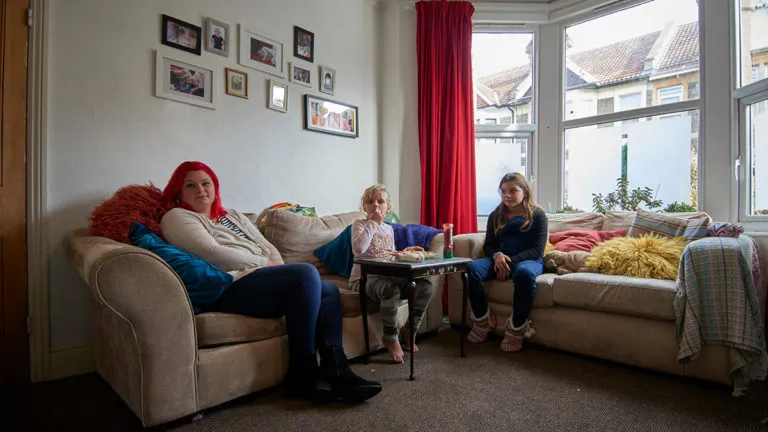Planning for our future: how important is the planning system for social housing?
Published: by Robin White

Few topics in housing prompt such a polarising range of responses as planning. For some, the planning system is an anathema, the single greatest barrier to solving our national housing emergency. For others, proper planning is the key to solving that housing emergency, the way that we guide development to ensure it works for local communities.
Shelter, it’s fair to say, sits closer to the second school of thought.
That’s not to say that we can’t see room for reform in the planning system – we certainly can. But we must support our planning system and ensure it works well, because only with proper planning will we get the homes we need in each area.
We need reforms that will provide our planning system with the strength, clarity and resources required to allow it to deliver the social housing that will be key in solving our housing emergency.
Why does this matter right now?
In recent months, there have been a number of reports, articles and comments that suggest deregulating the planning system might be a solution to our housing emergency. Superficially this makes sense: the planning system controls how many planning consents get given, and that controls the number of homes. Remove it and effectively we enable far more development to take place.
However, this logic is flawed. Not least because we already grant far more planning consents than we see homes built, something Shelter recently highlighted. For us, the true test of any planning system is how well it helps deliver the homes our clients and service users need. And what they need are social homes – a fact recognised across the political spectrum.
Certainly, the system is not delivering for this group as it should. In fact, last year just 6,500 new social homes were delivered in England. This at a time when 1.1 million people are on the waiting list for social housing, 277,000 are homeless and millions of young people are trapped in expensive and unstable private rentals.
How we can make the planning system work to help solve these issues is a crucial question, and it’s one Shelter is committed to answering. To do this, we will be publishing a series of blogs over the course of the coming weeks looking at some of the issues in our current system and the reforms needed to make sure it delivers the next generation of social homes we need.
This will mean exploring:
- why we must end the expansion of ‘permitted development rights’ to deliver new homes
- get out clauses that allow developers to avoid providing social housing
- the role of land reform and how making more land available can help areas develop more ambitious social housing plans
With the Conservative government considering planning reform, this is the right time to be answering these questions. This is an opportunity for organisations like ours to engage constructively and try to deliver a system that works for current and future generations.
Why planning matters for social housing
Three million new social homes in 20 years. That’s the ambition that our social housing commission set out and it’s absolutely the level of ambition that we need if we’re going to tackle our national housing emergency.
Getting there won’t be easy though, and there simply isn’t one magic lever that the government can pull and make it happen. The reality is that moving from a situation where we are delivering just 6,500 social homes a year to an average of more than 150,000 means pulling on every single lever available. This means increasing the amount of funding being made available for social housing but it also means planning the social homes that are needed locally, ensuring that land is available, and closing loopholes that mean planned social homes aren’t delivered.
Strong planning is, therefore, a vital component of delivering more social homes.
In recent years the impact of policies like viability assessments, Permitted Development Rights and a general lack of prioritisation for social housing have eroded the numbers of social homes coming out of the planning system. This can be changed though, and Shelter is committed to making it happen.
Instead of looking to undermine or remove our planning system, we need to analyse it, support it, and ensure it has the strength, clarity and resources needed to maximise that much needed social housing delivery.
This is the first in a series of blogs that Shelter is publishing on the planning system in England.